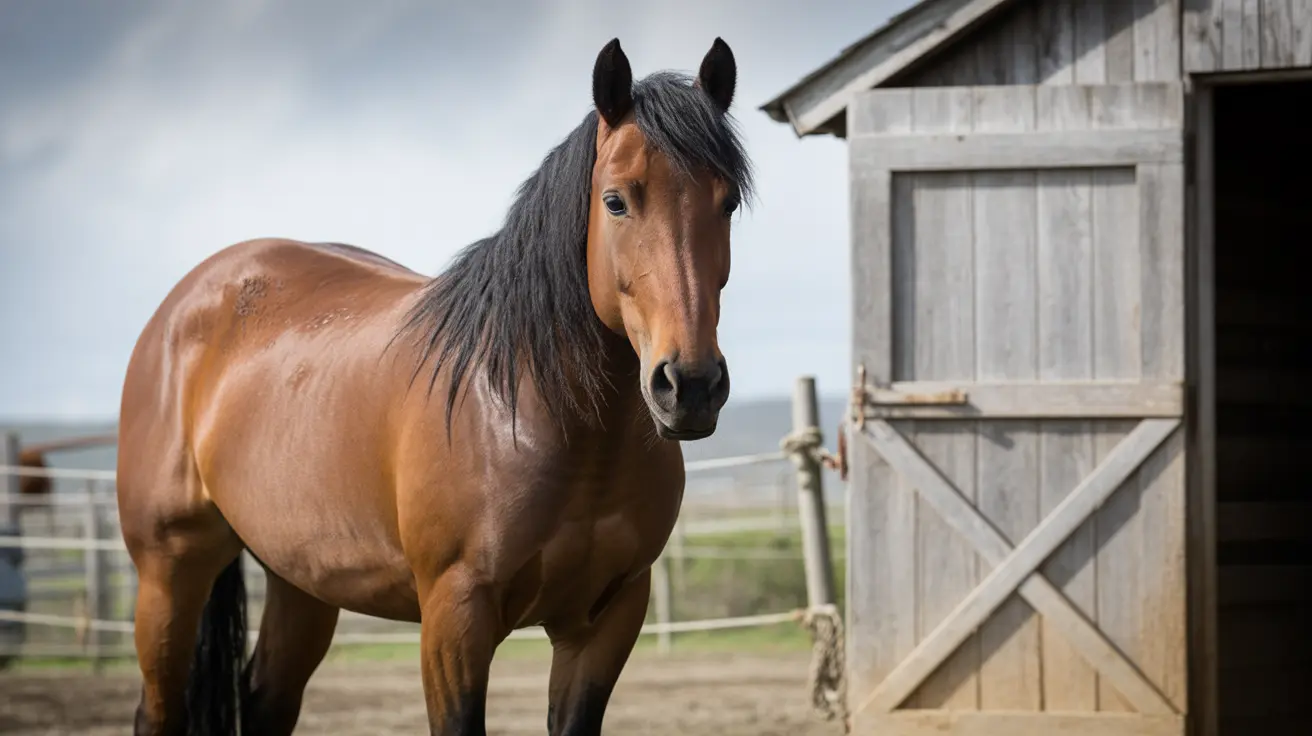In a remarkable story of animal intuition and bravery, a single horse became the unlikely hero in one of the most significant multi-species animal rescue operations in recent memory. The horse, breaking free from abusive conditions, managed to grab the attention of authorities and lead them directly to a property where 54 animals were trapped in deplorable circumstances. This extraordinary case highlights both the intelligence of animals and the critical importance of recognizing animal abuse signs in our communities.
The rescued animals included dogs, cats, goats, and roosters, all suffering from varying degrees of neglect and abuse. This incident, which has garnered over 8,700 petition signatures calling for justice, serves as a powerful reminder of why animal welfare awareness and prompt reporting of suspected cruelty can save lives.
How the Rescue Unfolded
The dramatic rescue began when the horse managed to escape from the abusive property and made its way to a nearby road. Rather than simply fleeing, the animal remained in the area where it could be seen by passing authorities. When officials approached, the horse led them back to the property, effectively exposing the hidden suffering of dozens of other animals.
This behavior demonstrates the complex emotional intelligence that horses possess. While we cannot know the horse's exact motivations, animal behaviorists often note that horses are highly social creatures with strong protective instincts, particularly toward other animals in their herd or environment.
Understanding Animal Abuse Signs Across Multiple Species
This case involved various species, each showing different indicators of neglect and abuse. Recognizing these warning signs is crucial for pet owners and community members alike.
Physical Indicators of Neglect
Animals suffering from abuse or neglect typically display visible physical symptoms. These may include malnutrition, untreated injuries, overgrown hooves or nails, matted fur, and signs of dehydration. In multi-species situations like this rescue, different animals may show species-specific distress signals.
Behavioral Changes
Abused animals often exhibit behavioral changes such as excessive fearfulness, aggression, withdrawal, or repetitive behaviors. Horses, in particular, may show signs of learned helplessness or, conversely, heightened alertness and escape behaviors.
The Rehabilitation Process for Rescued Animals
Following such a large-scale rescue operation, the path to recovery varies significantly depending on each animal's condition and species-specific needs. Animal neglect rehabilitation requires specialized veterinary care, nutritional support, and often extensive behavioral therapy.
Medical Assessment and Treatment
Rescued animals typically require immediate medical evaluation to address malnutrition, untreated injuries, parasites, and other health issues resulting from neglect. This process can take weeks or months depending on the severity of their condition.
Behavioral Rehabilitation
Beyond physical healing, many rescued animals need help overcoming trauma. This is particularly important for horses, which have complex emotional needs and may require specialized training to rebuild trust with humans.
How to Report Animal Cruelty in Your Community
This rescue story underscores the importance of community vigilance in protecting vulnerable animals. If you suspect animal abuse or neglect, there are several steps you should take:
- Document what you observe with photos or videos when safely possible, note dates and times, and contact your local animal control agency or law enforcement immediately.
- Many areas also have anonymous reporting hotlines specifically for animal cruelty cases.
- Don't assume someone else will report suspicious activity. Your call could be the difference between life and death for animals in distress.
The Broader Impact of Animal Rescue Success Stories
Cases like this multi-species rescue serve as powerful catalysts for animal rescue advocacy and legislative change. They highlight gaps in animal protection laws and demonstrate the need for increased resources for animal welfare organizations.
The petition supporting this case, with its thousands of signatures, represents a growing public awareness about animal welfare issues and the demand for justice when animals are harmed.
Frequently Asked Questions
- How can an escaped horse lead to the discovery of animal abuse?
Horses are intelligent animals with strong survival instincts. When this horse escaped and remained visible to authorities rather than fleeing completely, it created an opportunity for officials to investigate the property. While we cannot attribute human-like reasoning to the horse's actions, the result was the discovery and rescue of 54 animals in abusive conditions.
- What are the key signs of animal abuse across multiple species?
Common signs include visible malnutrition, untreated injuries, unsanitary living conditions, lack of adequate shelter, behavioral changes like excessive fear or aggression, and animals appearing to be neglected or abandoned. Each species may show specific distress signals, so familiarity with normal animal behavior helps identify when something is wrong.
- What should I do if I suspect animal abuse in my community?
Contact your local animal control agency, law enforcement, or animal welfare organization immediately. Document what you observe safely, including photos, dates, and times. Many areas have anonymous reporting hotlines. Don't attempt to intervene directly, as this could be dangerous for both you and the animals involved.
Moving Forward
This remarkable rescue story reminds us that animal welfare is a community responsibility. The hero horse's actions, whether driven by instinct or intelligence, saved 53 other lives and brought attention to a serious case of animal cruelty. By staying vigilant for signs of abuse and knowing how to report concerns properly, we can all play a role in protecting vulnerable animals in our communities.






